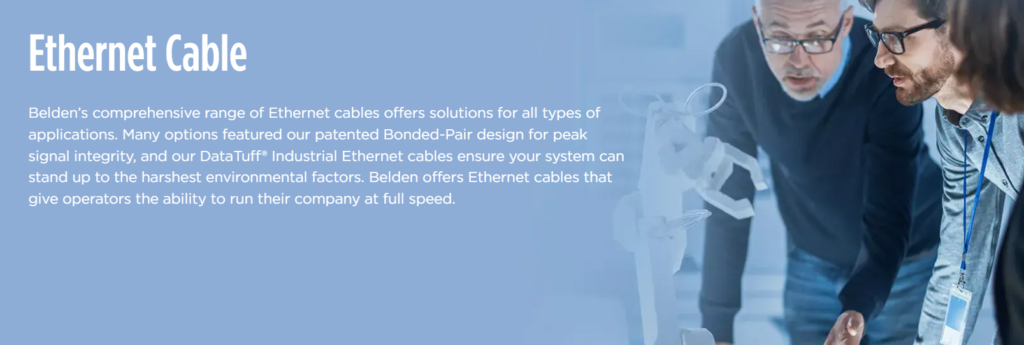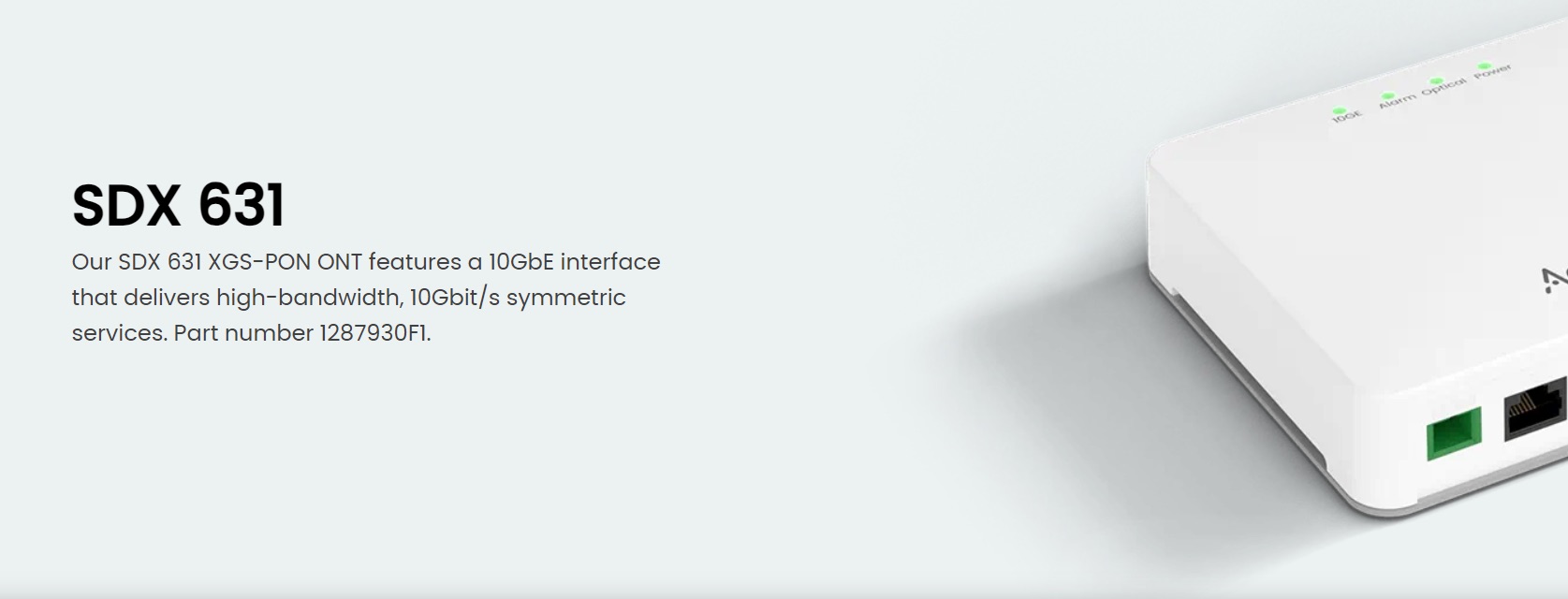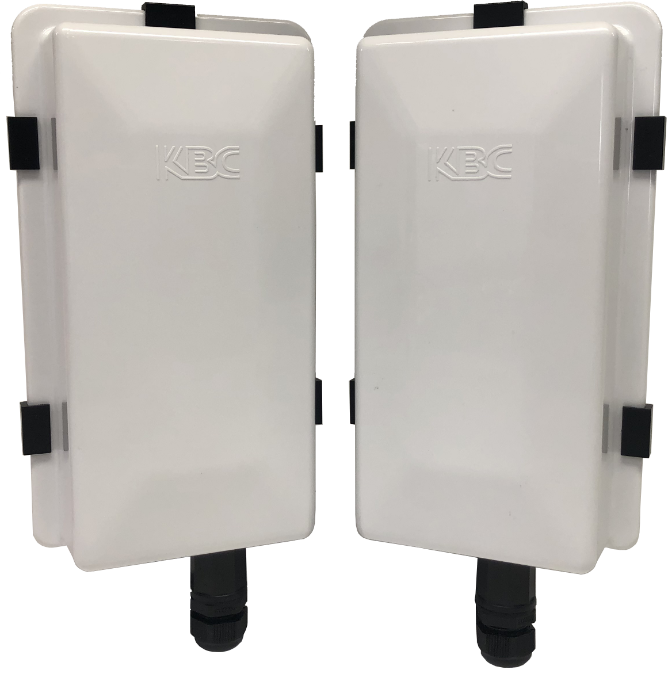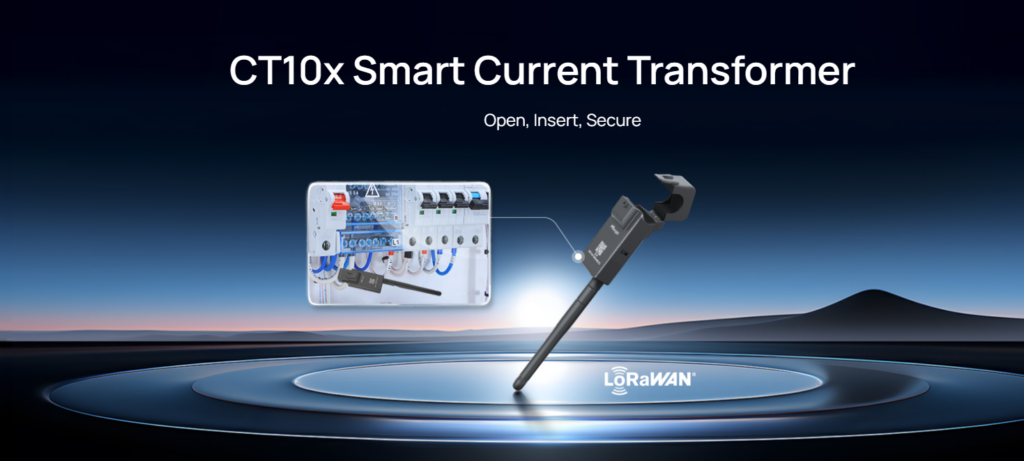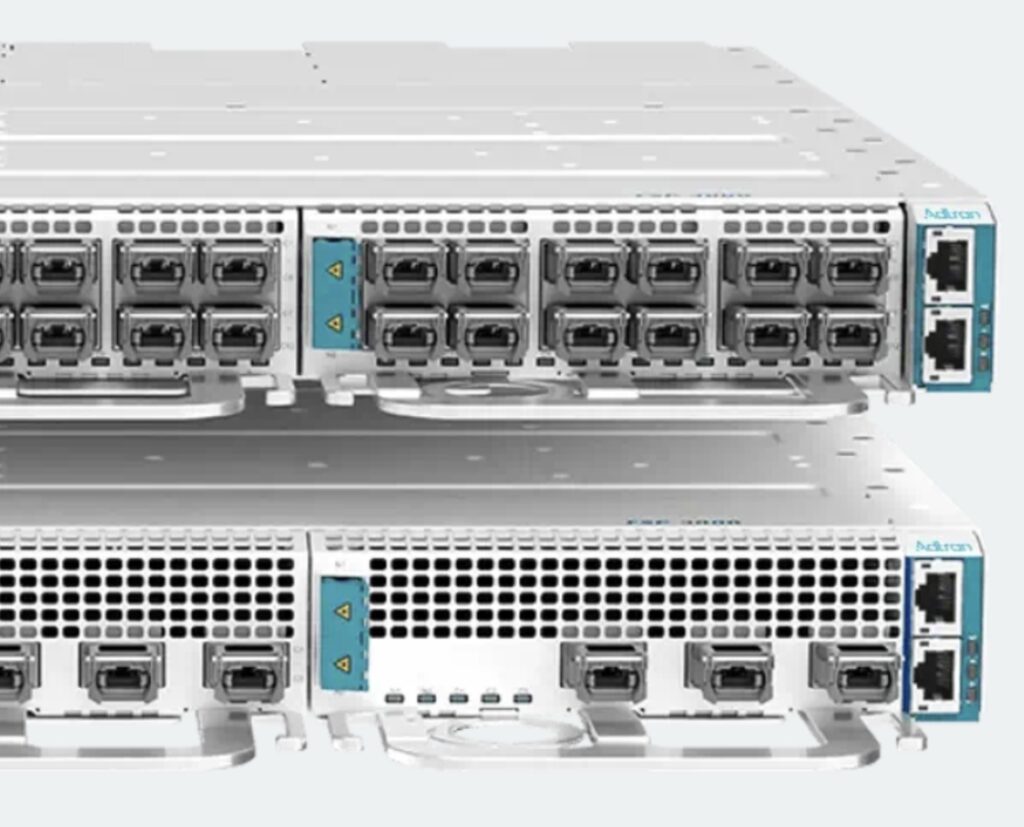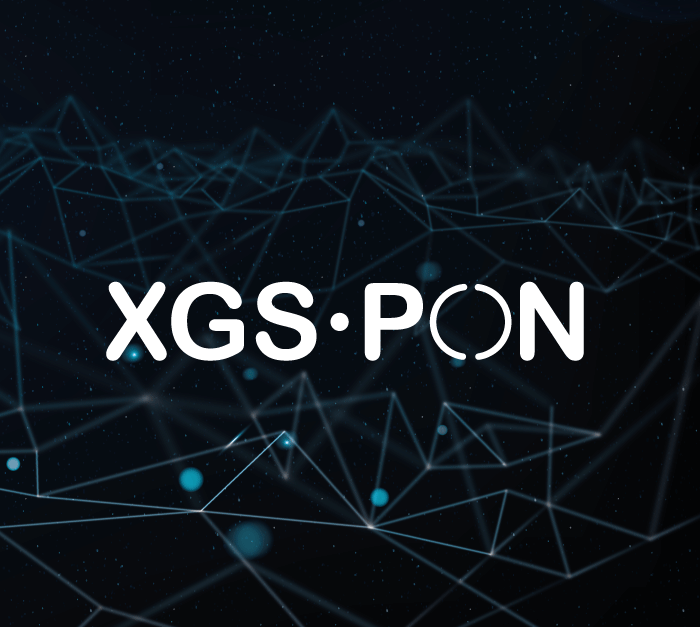
TELECOMMUNICATIONS NETWORK SOLUTIONS.
ISTC is a company with more than 25 years of experience in the market, within its portfolio has IT & NETWORKING solutions, for this, has developed alliances with the most prestigious and robust brands worldwide.
We have engineering personnel with high experience in the field and in the development of the different solutions of these specialties. ISTC has presence throughout LATAM and the Caribbean, within these territories we have sales and engineering personnel ready to develop and support your projects with the highest standards of quality and human resources.
Our portfolio complements all market verticals, we have specific focuses and telecommunications solutions that apply to all scenarios from the most common to the most robust and challenging.
Some of our most representative solutions are ETHERNET, XGS-PON, Wi-Fi, LORAWAN, DWDM, among others. For each of them, we have brands with great differentials and with the greatest application of engineering, quality and experience to ensure success in the different opportunities of our customers.



